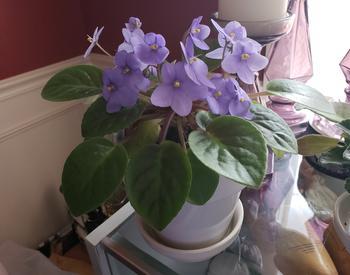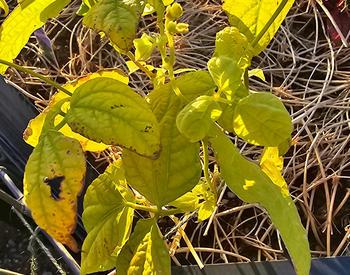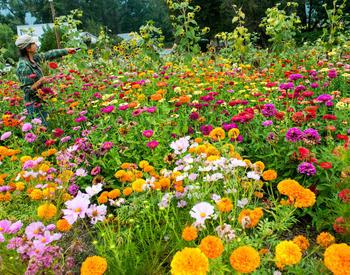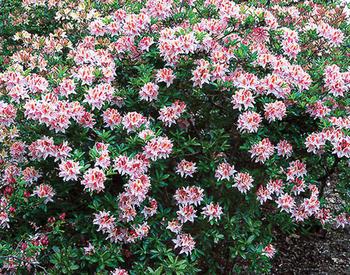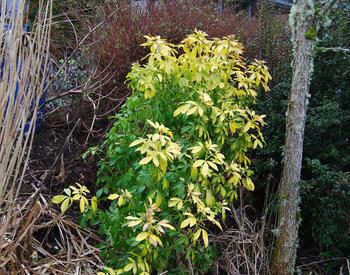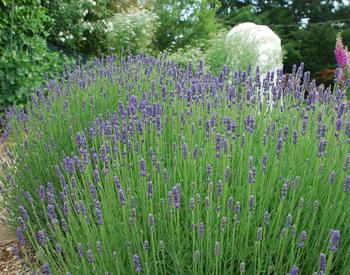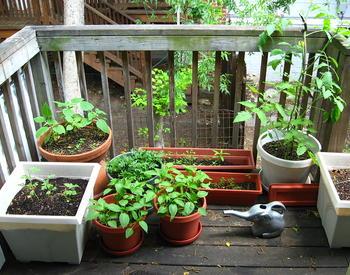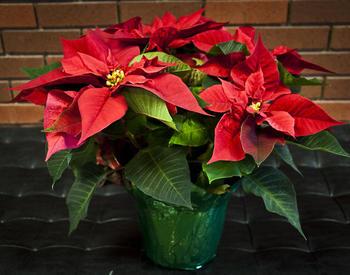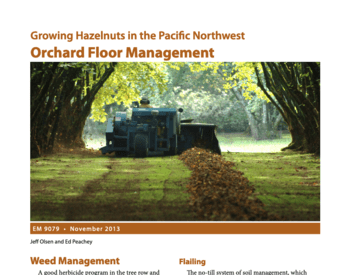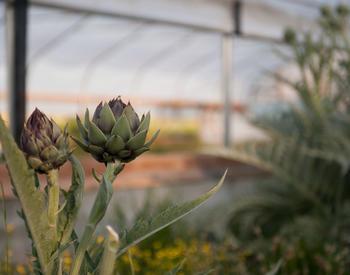Photosynthesis, respiration and transpiration are the three major functions that drive plant growth and development (Figure 24). All three are essential to a plant's survival. How well a plant is able to regulate these functions greatly affects its ability to compete and reproduce.
Photosynthesis
One of the major differences between plants and animals is plants' ability to manufacture their own food. This process is called photosynthesis, which literally means "to put together with light." To produce food, a plant requires energy from the sun, carbon dioxide from the air and water from the soil. During photosynthesis, it splits carbon dioxide into carbon and oxygen, adds water and forms carbohydrates (starches and sugars). Oxygen is a byproduct.
The formula for photosynthesis can be written as follows:
Carbon dioxide + Water + Sunlight = Sugar + Oxygen or 6 CO2 + 6 H20 + Energy => C6H1206 + 6 02
After producing carbohydrates, a plant either uses them as energy, stores them or builds them into complex energy compounds such as oils and proteins. All of these food products are called photosynthates. The plant uses them when light is limited, or transports them to its roots or developing fruits.
Photosynthesis occurs only in the mesophyll layers of plant leaves and, in some instances, in mesophyll cells in the stem. Mesophyll cells are sandwiched between the leaf's upper and lower epidermis and contain numerous chloroplasts, where photosynthesis takes place. Chloroplasts are incredibly small. One square millimeter, about the size of a period on a page, would contain 400,000 chloroplasts.
Chlorophyll, the pigment that makes leaves green, is found in the chloroplasts. It is responsible for trapping light energy from the sun. Often chloroplasts are arranged perpendicular to incoming sun rays so they can absorb maximum sunlight. If any of the ingredients for photosynthesis — light, water and carbon dioxide — is lacking, photosynthesis stops. If any factor is absent for a long period of time, a plant will die. Each of these factors is described below.
Light
Photosynthesis depends on the availability of light. Generally, as sunlight intensity increases, so does photosynthesis. However, for each plant species, there is a maximum level of light intensity above which photosynthesis does not increase. Many garden crops, such as tomatoes, respond best to maximum sunlight. Tomato production decreases drastically as light intensity drops. Only a few tomato varieties produce any fruit under minimal sunlight conditions.
Water
Water is one of the raw materials for photosynthesis. It is taken up into the plant by the roots and moved upward through the xylem.
Carbon dioxide
Photosynthesis also requires carbon dioxide (CO2), which enters a plant through its stomata (Figure 25). In most plants, photosynthesis fluctuates throughout the day as stomata open and close. Typically, they open in the morning, close down at midday, reopen in late afternoon and shut down for good in the evening.
Carbon dioxide is plentiful in the air, so it is not a limiting factor in plant growth. However, it is consumed rapidly during photosynthesis and is replenished very slowly in the atmosphere. Tightly sealed greenhouses may not allow enough outside air to enter and thus may lack adequate carbon dioxide for plant growth. Carbon dioxide generators are used in commercial greenhouses for crops such as roses, carnations and tomatoes. In smaller home greenhouses, dry ice is an effective source of carbon dioxide.
Temperature
Although not a direct component in photosynthesis, temperature is important. Photosynthesis occurs at its highest rate between 65° and 85°F and decreases at higher or lower temperatures.
Respiration
Carbohydrates made during photosynthesis are of value to a plant when they are converted to energy. This energy is used for cell growth and building new tissues. The chemical process by which sugars and starches are converted to energy is called oxidation and is similar to the burning of wood or coal to produce heat. Controlled oxidation in a living cell is called respiration. It is shown by this equation:
C6H12O6 + 6 O2 => 6 CO2 + 6 H2O + Energy
This equation is essentially the opposite of photosynthesis. Photosynthesis is a building process, while respiration is a breaking-down process.
| Photosynthesis | Respiration | |
|---|---|---|
| Food | produces food | uses food |
| Energy | stores energy | releases energy |
| Water | uses water | produces water |
| Carbon Dioxide | uses carbon dioxide | produces carbon dioxide |
| Oxygen | releases oxygen | uses oxygen |
| Light | occurs in sunlight | occurs in the dark as well as light |
Unlike photosynthesis, respiration does not depend on light, so it occurs at night as well as during the day. Respiration occurs in all life forms and in all cells.
Transpiration
When a leaf's guard cells shrink, its stomata open and water is lost. This process is called transpiration. In turn, more water is pulled through the plant from the roots. The rate of transpiration is directly related to whether stomata are open or closed. Stomata account for only 1% of a leaf's surface but 90% of the water transpired.
Transpiration is a necessary process and uses about 90% of the water that enters a plant's roots. The other 10% is used in chemical reactions and in plant tissues. Transpiration is responsible for several things:
- Transporting minerals from the soil throughout the plant.
- Cooling the plant through evaporation.
- Moving sugars and plant chemicals.
- Maintaining turgor pressure.
The amount and rate of water loss depends on factors such as temperature, humidity, and wind or air movement. Transpiration often is greatest in hot, dry (low relative humidity), windy weather.
A balancing act
In order for a plant to grow and develop properly, it must balance photosynthesis, respiration and transpiration. Left to their own devices, plants do a good job of managing this intricate balance. If a plant photosynthesizes at a high rate, but its respiration rate is not high enough to break down the photosynthates produced, photosynthesis will either slow down or stop.
On the other hand, if respiration is much more rapid than photosynthesis, the plant won't have adequate photosynthates to produce energy for growth. Hence, growth either will slow down or stop altogether.
When stomata are open, transpiration occurs, sometimes at a very high rate. A corn plant may transpire 50 gallons of water per season, but a large tree may move 100 gallons per day!
Plants have problems if they lose too much water, so stomata close during hot, dry periods when transpiration is highest. However, CO2, which is needed for photosynthesis, also enters the plant through open stomata. Thus, if stomata stay closed a long time to stop water loss, not enough CO2 will enter for photosynthesis. As a result, photosynthesis and respiration will slow down, in turn reducing plant growth.
Many herb plants produce lots of high-energy oils, which help them survive in the dry landscapes where they evolved. These oils help them survive extended periods of stomatal closure.

